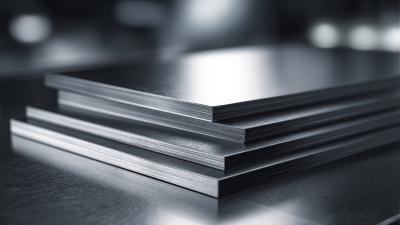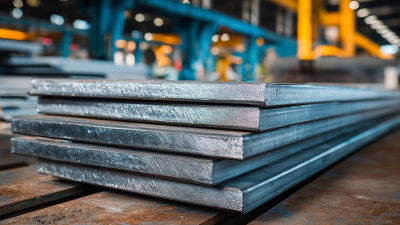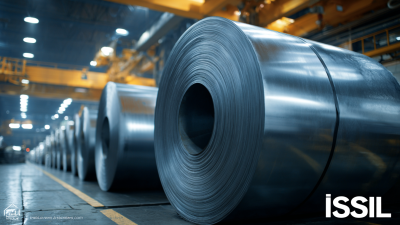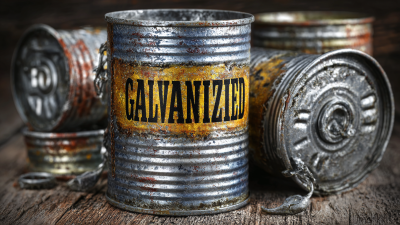
In the world of construction and manufacturing, the selection of the appropriate materials can significantly impact both project outcomes and overall efficiency. Among these materials, Metal Steel Sheets stand as a cornerstone for a variety of applications, thanks to their strength, durability, and versatility. According to a recent report by the World Steel Association, the global demand for steel is projected to reach over 1.8 billion tons by 2025, highlighting the material's crucial role in various industries. This guide aims to simplify the process of choosing the right Metal Steel Sheet for your specific project needs, providing insights into factors such as thickness, finish, and steel grade. By understanding these key elements, professionals can better navigate the complexities of material selection, ensuring optimal performance and cost-effectiveness in their projects.
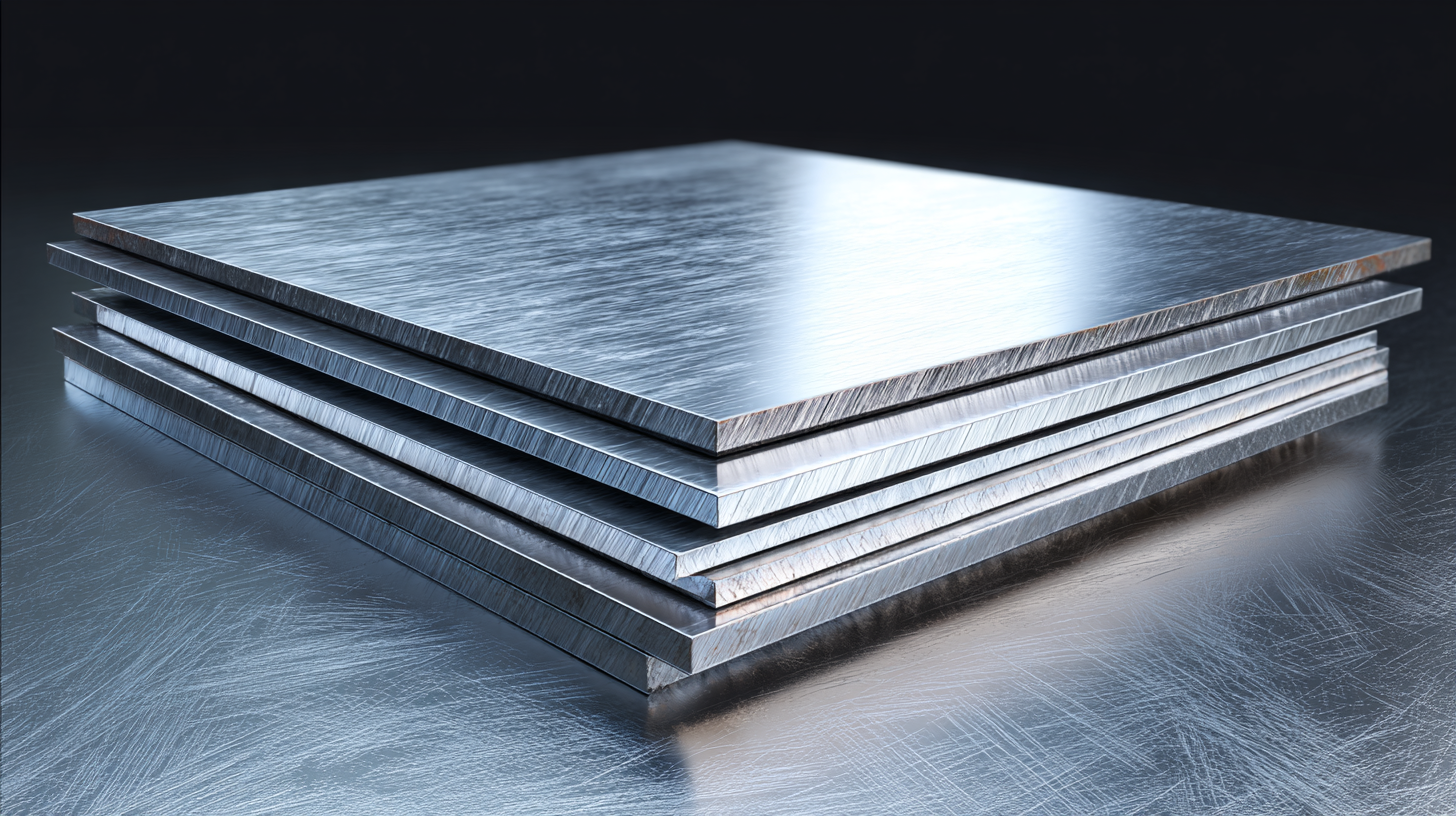
When selecting the right metal steel sheet for your project, understanding the various types and their applications is crucial. Steel sheets come in several grades, each designed for specific industrial roles. According to the American Iron and Steel Institute (AISI), the most commonly used steel sheet grades include A36, A572, and A992, each offering unique properties that cater to different structural requirements. For instance, A36 steel is preferred for its weldability and versatility, making it suitable for construction and automotive applications.
Another critical consideration is the finish of the steel sheet, which can affect durability and appearance. Hot-rolled steel sheets, which are produced at high temperatures, typically exhibit a rough finish but are known for their toughness. In contrast, cold-rolled steel sheets have a smoother surface and are beneficial for applications that require precise dimensions and a high-end aesthetic, such as in manufacturing appliances or furniture. Reports from the World Steel Association highlight a growing demand for specialty steel sheets in automotive and aerospace industries, where performance under demanding conditions is paramount. Understanding these differences will enable you to choose the right type that meets the specific requirements of your project efficiently.
Choosing the right metal steel sheet for your project involves careful consideration of several factors that can significantly impact the outcome of your work. First and foremost, you need to evaluate the steel's thickness, which directly affects its strength and weight. Thicker sheets offer greater durability and can withstand more stress, making them suitable for heavy-duty applications. Conversely, thinner sheets are easier to manipulate and are often ideal for lighter projects or where flexibility is needed.
Another critical factor to consider is the type of coating or finish applied to the steel sheet. Options like galvanization or paint can improve corrosion resistance, enhancing the lifespan of your project in various environmental conditions. Additionally, you should assess the intended use and loading conditions — structural requirements for a building will differ significantly from those for decorative elements. Understanding these aspects will ensure that you select the most suitable steel sheet, tailored to meet the specific demands of your project effectively.
When selecting the right metal steel sheet for your project, understanding the differences between carbon steel, stainless steel, and alloy steel sheets is crucial. Carbon steel sheets, primarily made of iron and carbon, are widely used for their strength and ease of fabrication. They are ideal for structures that require high strength at a lower cost, although they lack corrosion resistance. This makes them suitable for applications like automotive components where durability is essential.
On the other hand, stainless steel sheets are famous for their resistance to corrosion and oxidation. This property derives from the addition of chromium, which forms a protective layer on the surface. Industries requiring hygiene and longevity, such as food processing or medical applications, prefer stainless steel despite its higher price. Lastly, alloy steel sheets, which include elements like nickel or molybdenum, offer enhanced mechanical properties tailored for specific applications. These alloys can provide superior strength, wear resistance, and toughness, making them excellent for demanding environments found in construction or heavy machinery. Understanding these distinctions ensures that you select the appropriate steel sheet for your project's unique requirements.
| Steel Type | Material Properties | Common Applications | Corrosion Resistance | Cost |
|---|---|---|---|---|
| Carbon Steel | High strength, good machinability | Construction, automotive, manufacturing | Low | Low to Medium |
| Stainless Steel | Excellent corrosion resistance, durable | Kitchen appliances, medical equipment, architecture | High | High |
| Alloy Steel | Enhanced properties from alloying elements | Machinery, tools, automotive components | Moderate | Medium to High |
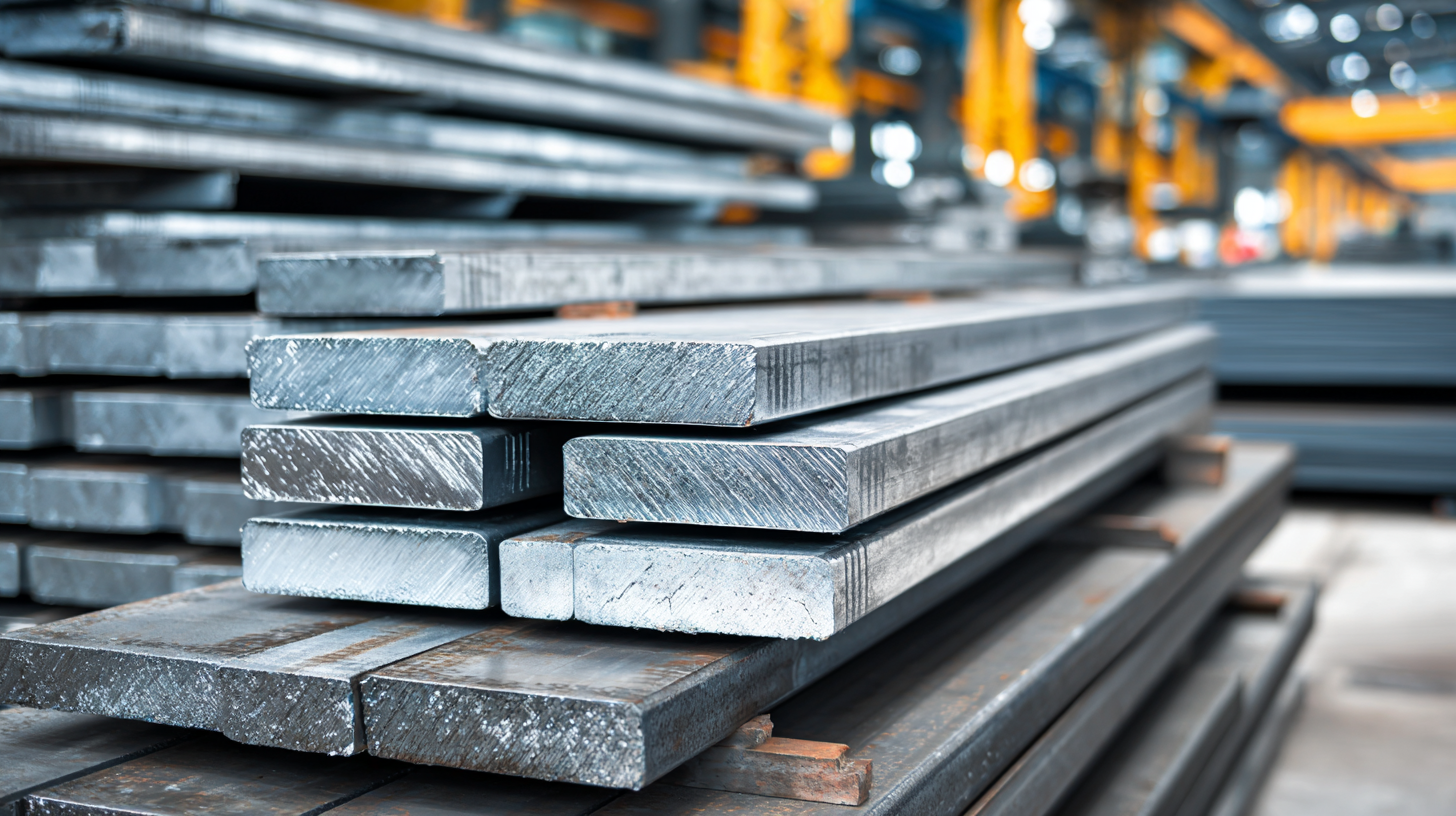 When selecting the appropriate metal steel sheet for your project, it's crucial to understand the specific requirements of various industries. For instance, the automotive industry predominantly relies on high-strength steel sheets, with a study by the World Steel Association noting that advanced high-strength steel can reduce vehicle weight by up to 25%. Such reductions not only improve fuel efficiency but also enhance safety ratings. In contrast, the construction industry often opts for galvanized steel sheets, providing superior corrosion resistance, which extends the lifespan of structures in harsh environments. According to a report from the American Institute of Steel Construction, construction projects utilizing galvanized steel can save up to 30% on maintenance costs over their lifespan.
When selecting the appropriate metal steel sheet for your project, it's crucial to understand the specific requirements of various industries. For instance, the automotive industry predominantly relies on high-strength steel sheets, with a study by the World Steel Association noting that advanced high-strength steel can reduce vehicle weight by up to 25%. Such reductions not only improve fuel efficiency but also enhance safety ratings. In contrast, the construction industry often opts for galvanized steel sheets, providing superior corrosion resistance, which extends the lifespan of structures in harsh environments. According to a report from the American Institute of Steel Construction, construction projects utilizing galvanized steel can save up to 30% on maintenance costs over their lifespan.
Tip: Consider the specific environmental factors your project will encounter, such as humidity and temperature fluctuations, which will help guide your choice of steel sheet type.
Moreover, the manufacturing sector frequently requires stainless steel sheets for their durability and ease of maintenance. A recent market analysis indicates that the demand for stainless steel in manufacturing is expected to grow by 5% annually due to its applications in food processing, chemical production, and more. Understanding these trends can significantly influence your material choices and project outcomes.
Tip: When in doubt, consult with industry experts or suppliers who can provide insights based on recent market trends and technological advancements.
When sourcing steel sheet suppliers, understanding the risks associated with procurement is crucial for successful project execution. Effective supplier risk management involves quantifying potential disruptions through innovative scorecards that assess various risk factors. These scorecards enable buyers to pinpoint vulnerabilities in their supply chains, prioritize risk challenges, and outline effective mitigation strategies. By employing such tools, businesses can enhance their supplier evaluation process and make more informed decisions.
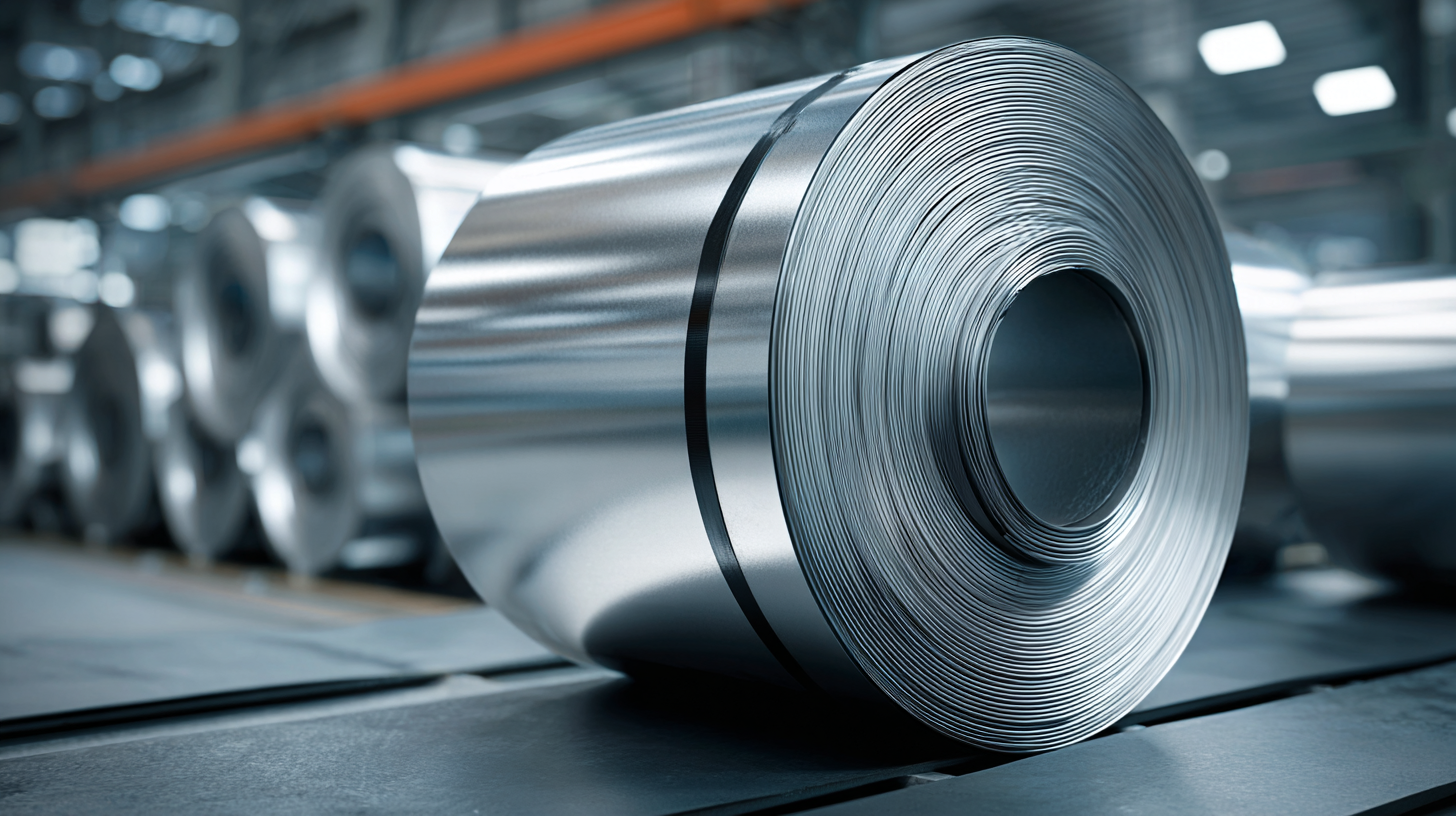
Moreover, the prequalification of suppliers plays an essential role in ensuring that the materials sourced meet industry standards and client requirements. For instance, as organizations seek to uphold quality and safety, initiatives akin to the WHO's prequalification for medicines serve as a robust model. Applying similar standards in the metal industry can help assess the reliability and credibility of suppliers, thereby reducing the likelihood of receiving subpar materials. Engaging suppliers who demonstrate strong compliance and risk profiles not only safeguards the integrity of projects but also fosters long-term partnerships that are essential for ongoing success.
